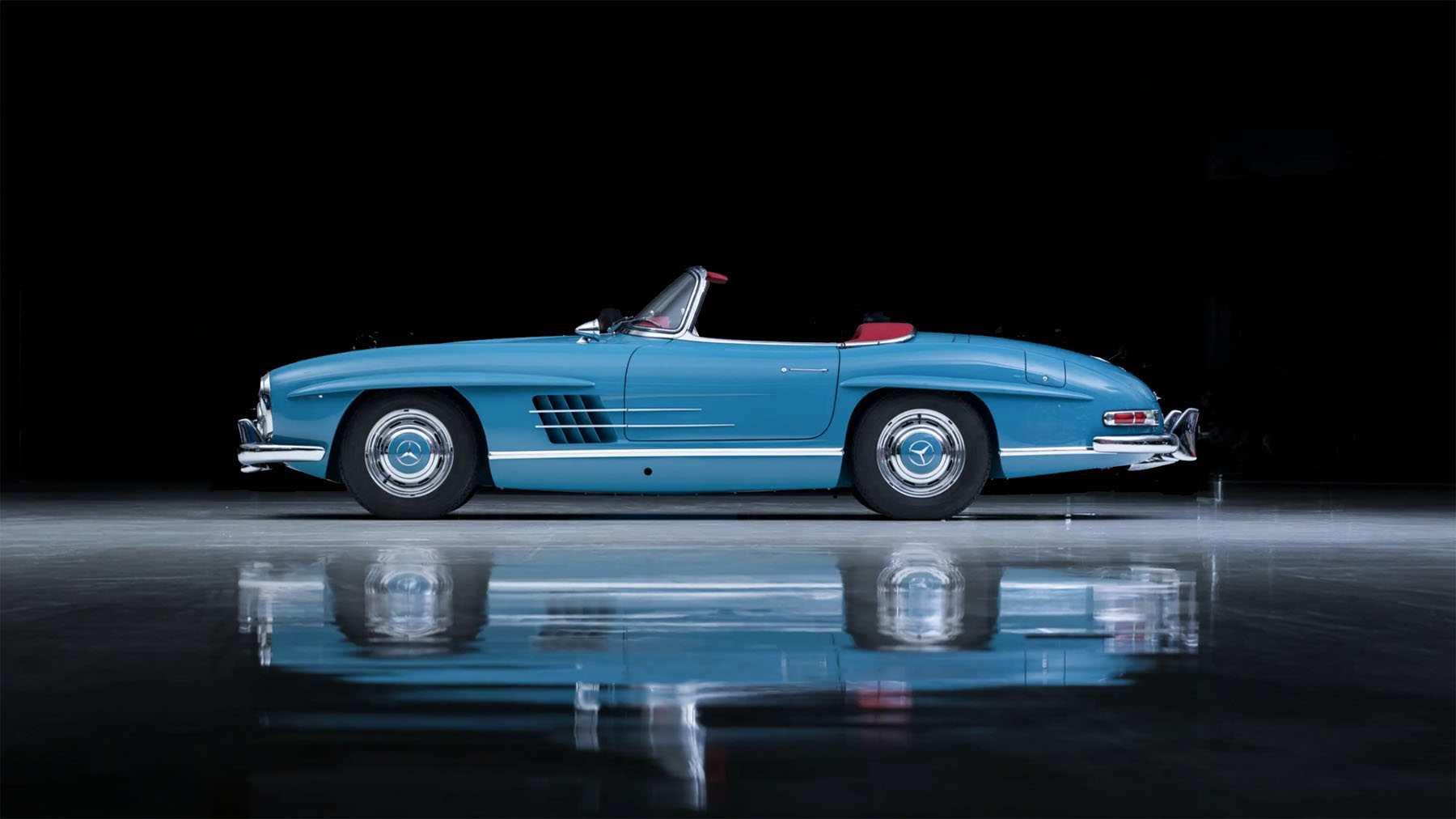Background
The recently held “Dare to Dream” auction in Toronto, Canada, represented a wide variety of automotive milestones, specifically for European Sportscars. Aptly described on Sotheby’s website, “They represent what could be—what will be in our eyes, the greatest.”
Collector Miles Nadal
It’s always inciteful to know a little about the face behind the collection and what his/her thoughts are on the business of acquiring automobiles. According to Nadal, he has always been a collector of types. Somewhat tangentially related to cars, his first collection was of hand tools he never used and had no intention of using, admitting he was not mechanical in any way. But he appreciated what they stood for Perfection. Engineering. Function. Those three pillars play a heavy part in his future collections, too. The tools were always pristine and presented in order. The same was applied to his following collection of keys, and then of model cars. The model cars were just a placeholder for the real cars Nadal truly desired to own someday.
No Subscription? You’re missing out
Get immediate ad-free access to all our premium content.
Get Started



